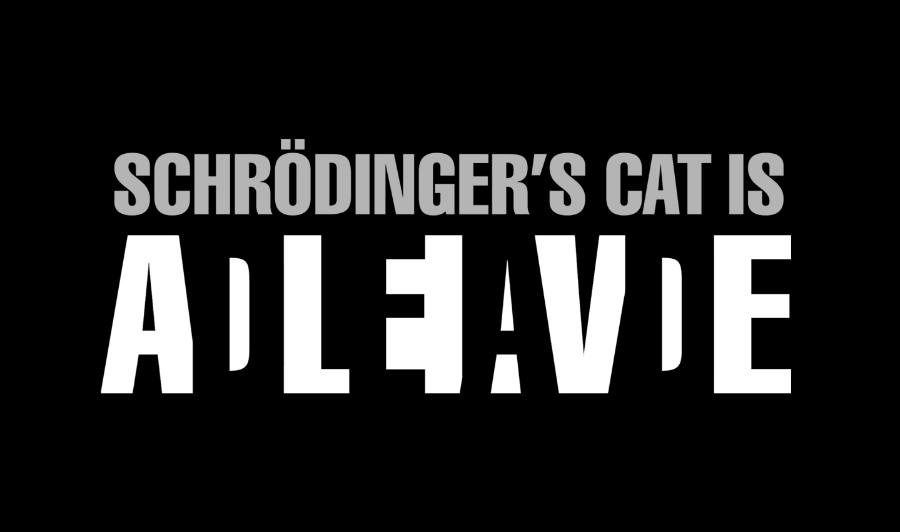Scientists from Yale University performed a variation on Schrödinger’s cat experiment, to include entanglement, a central concept of quantum physics, in the paradox of superposition of states. The research involved the creation of a device with two boxes, which were two 3D microwave cavities connected with each other, to monitor if the cat can live or die in two boxes at the same time.
The Schrödinger’s cat is the most important paradox in the illustration of a quantum mechanics issue with universal concepts. Using a cat image in a box with poison available, Schrödinger explains the possibility that a subatomic event may or may not occur at the same time.

The odd image of a cat in a box is Schrödinger’s interpretation of a major quantum mechanics concept, Superposition. Waves and particles’ different states can be superposed resulting in a third valid state.
The Yale Experiment added a new feature: Two boxes
The twist in the Schrödinger’s cat paradox was to put the cat in two boxes at once, creating a unique state that involved both superposition and entanglement. Entanglement has been a relevant concept in quantum physics since 1935, and Schrödinger himself introduced it, hence its name. It explains the creation of a unique quantum state in spatially distant objects.
“This cat is big and smart. It doesn’t stay in one box because the quantum state is shared between the two cavities and cannot be described separately,” said researchers at Yale.

The quantum state is divided between the two cavities and cannot be described in isolation, according to Chen Wang, first author of the study. In that sense, there are correlations between the systems that are coexisting in separated spaces. The study allows Yale’s scientists determine the state of a distant object instantaneously, through observation. An object (wave or particles) can be distributed in different spatial modes sharing a unique quantum state.
The production of the experiment involved support from the U.S. Army Research Office and Air Force Office of Scientific Research, through Multidisciplinary University Research Initiatives. Several professors of physics and applied quantum mechanics like Chen Wang, Michael Devore, Steve Girvin and Robert Schoelkopf were leading authors of the study, with the support of Yale’s senior researchers.
https://twitter.com/wrenaissanceman/status/736005374856290304
Findings can be applied to quantum computing
Considering that quantum physics is a probabilistic science, the outcome of the experiment takes the form of a probability that may be involved in the quantum computation. The potential application comes from the ability to solve particular problems through superposition and entanglement. However, to make this possible, a quantum computer with features advanced enough to implement a reliable problem-solving algorithm must be created.
The Yale Quantum Institute considers that application in quantum computing is derived from the logical operation made in the Yale version of the Schrödinger’s cat experiment:
It turns out ‘cat’ states are a very effective approach to storing quantum information redundantly, for implementation of quantum error correction. Generating a cat in two boxes is the first step towards logical operation between two quantum bits in an error-correctible manner,” said co-author Robert Schoelkopf, Sterling Professor of Applied Physics and Physics.
The Circuit Quantum Electrodynamics (circuit QED) can profit from this research as well. Since the circuit, QED studies the fundamental interaction between light and matter, new understandings about superposition and entanglement can be used to sophisticate circuit QED architecture.
Source: Yale News
